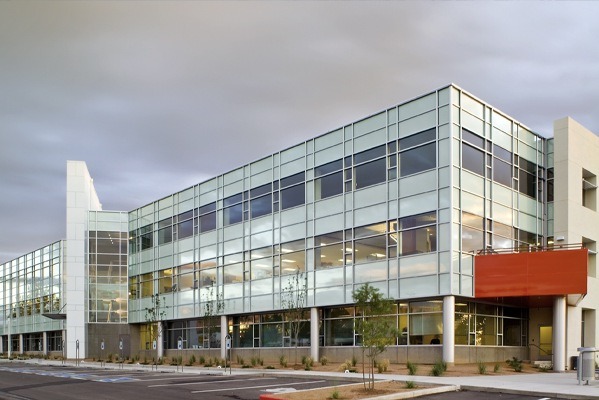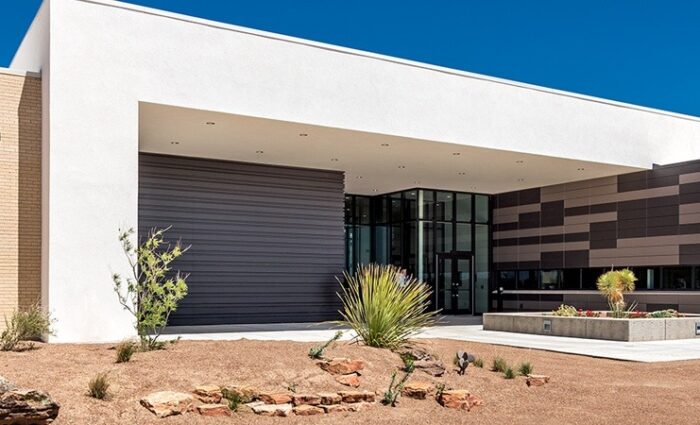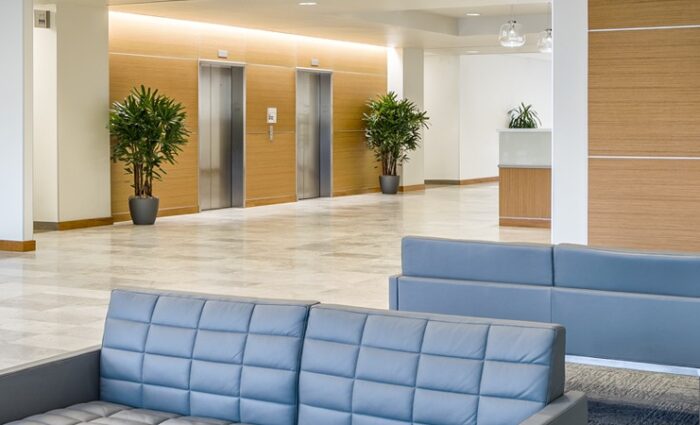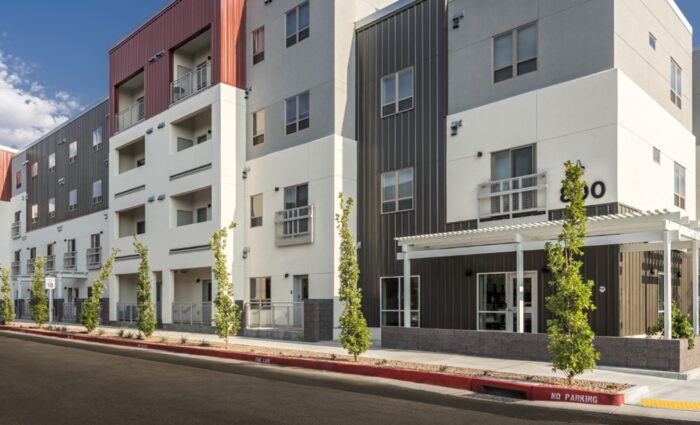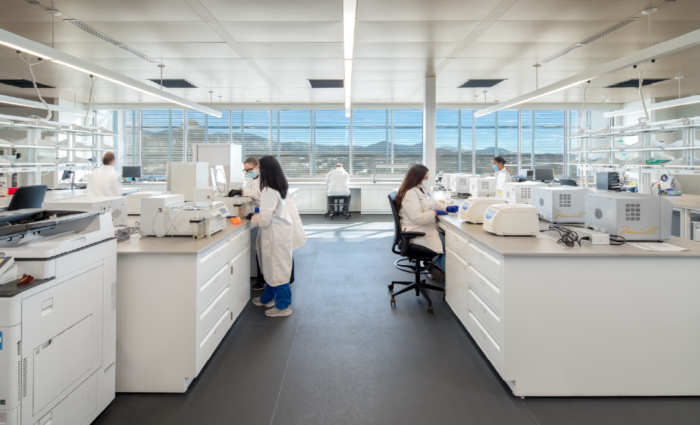Sustainable Building Materials
Structural Engineer’s POV on Mass Timber
By Justin Smith, Structural Engineer
As an industry of designers and builders, we are nowhere near achieving a steady level of sustainability at scale. Consistent effort, consistent progress, and consistent innovation are needed from the building industry to mitigate the effects of climate change. Mass timber as structural material is one relatively new strategy meeting this challenge.
The environmental metrics of mass timber are promising. The accompanying benefits, in addition to decarbonization, are clearly discernable. The impact of structural materials on improving the industry's contribution to climate change is huge. Mass timber provides a real benefit to the carbon footprint of a building—and creates spaces where people want to be. If we are going to innovate to mitigate, mass timber should be at the forefront of our efforts.
What is Mass timber?

The term "mass timber" refers to a range of wood projects, used to create the primary frame of a building. Because the pieces of a building's frame tend to be larger than practical to source as full-size pieces of wood, large elements of the frame are manufactured by joining up smaller pieces. It offers plenty of flexibility, as beams or columns of many sizes: glue laminated timber (glulam) combines smaller pieces of high quality lumber into the final size for a building's needs.
This isn't a new process. Glulam has existed for a century already and been standardized for more than half of that time. Its use has grown, eventually necessitating a wider-encompassing term: mass timber. In the 1990s, laminated timber panels were starting to be manufactured in Austria and Germany, and their use has expanded globally since then. The cross laminated timber (CLT) panels are highly flexible. They can be glued, nailed, or doweled and produced in large enough sizes for floors, roofs, and walls. At up to 10 feet wide and over 40 feet long with thicknesses between 6 and 12 inches, they put the "mass" in mass timber.
Usage + benefits
Glulam beams, columns, CLT floor plates, and CLT walls are used to construct the primary structure of mass timber buildings—often coupled with steel brace frames or concrete shear walls to resist earthquake and wind forces. When it makes up the bulk of the primary structural material and frame, mass timber helps reduce the building's carbon footprint. Because the growth and manufacture of mass timber products takes carbon out of the atmosphere rather than releasing it, the materials has a sustainable edge over concrete and steel. With trees consuming carbon dioxide and storing it in their makeup, a mass timber building's atmospheric carbon is stored in the structural frame over its lifetime.

Stats on sustainability
This benefit (prior to the shipping of materials to a building site) is due to forest carbon uptake. While steel and concrete frame buildings have many benefits, they can't measure up when assessed for global warming potential. By the time construction completes on a mass timber building, it will have a global warming potential of less than half that of its steel equivalent—a reduction of as much as 75%.
Net global warming potential, 1 m3 of CLT floor panel:
negative on the order of 500kg of CO2 equivalent (or more)

Caveats to mass timber
In any discussion of combatting climate change and global warming potential: there is always trade-off. Building with mass timber does carry risks to the environment, like any material. The key concern is at the end of a building's life, when the structural frame is demolish and disposed of. As the material degrades, it will release its stored carbon back into the atmosphere. Decomposition of mass timber can also contribute to the acidification and eutrophication of water sources at higher levels than steel counterparts. Like any building, deep thought should be given today to the longevity of the spaces we create and how they will one day be demolished. Buildings that stand the test of time by offering desirable spaces for people and flexibility to adapt to future needs should always be the goal.
Creating spaces where people want to be

Another positive of utilizing mass timber is it's aesthetic appeal and general marketability. Mass timber projects built in the United States over the past decade are well documented and highly publicized. CLT panels and glulam beams bring nature indoors, in a practical way. Exposed mass timber elements create warm, comfortable interiors that unlock design possibilities for fostering wellbeing. In the hands of talented designers, the structure itself can be the finish—leading to spaces that are appealing to inhabitants and cost savings on cladding materials.
As the mass timber manufacturing industry expands in North America, already competitive prices (compared to steel and concrete) will continue to come down. Developers and owners in every region of the United States have invested in mass timber buildings: not just because of the quantifiable benefits to the environment, but because these buildings attract people. Mass timber provides a return on investment for businesses and for the environment we all inhabit.
Read our minds.
Sign up for our email.
Related Content

Design a career path with more bridges.
Looking to break down the walls of the status quo?

